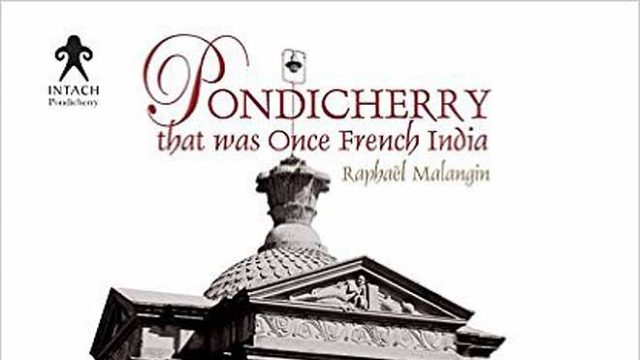The typo in the title made me wonder if there was some technical point I was missing, till I found it additionally featured a comma in the inside page. Podouké (in the text) appears as Podoké (in the chapter heading), and upper-lowers are curlicued to distraction. Never mind. Intach Pondicherry’s logo was on the cover, so I was interested in anything the book had to say. Over nearly four decades, a dedicated band of conservation architects had monitored, restored and reused public and private properties (in that order of priority) to arrive at what’s now called the ‘Pondicherry style’, a slow but definitive process that has played a significant role in making tourism the mainstay of the local economy. However (and somewhat disappointingly), instead of documenting this process, Malangin treads the safe and already established ground of the colonisation of Pondicherry, beginning with a well-meant if inadequate introduction to Indes.
By the way, Malangin thanks Intach’s team in the acknowledgements, the bibliography takes note of Intach’s Architectural Heritage of Pondicherry: Tamil and French Precincts, published a decade ago, and the last page is an exhortation to join Intach. But this is not a book by Intach. It is, instead, a tidily and chronologically narrated account of the French occupation of Pondicherry, the language earnest and oddly formal in some places. It’s also an illustrated book with lavish layouts, meticulous historical details and an evident passion for the subject. Its visual appeal is undeniable, the generous margins and white spaces are easy on the eye, and the maps, lithographs and photos are thoughtfully curated, credited and positioned. Much as this is appealing, the real triumph of the book lies in its unflinching yet compassionate observations on the evolution of the Franco-Tamil culture that’s so unique to Pondy. Insights into the weather, food, attire, entertainments and social structures of the ‘white’ and ‘black’ towns are particularly astute, although some perspectives are regrettably Orientalist. Read when you are feeling mellow and undemanding.




